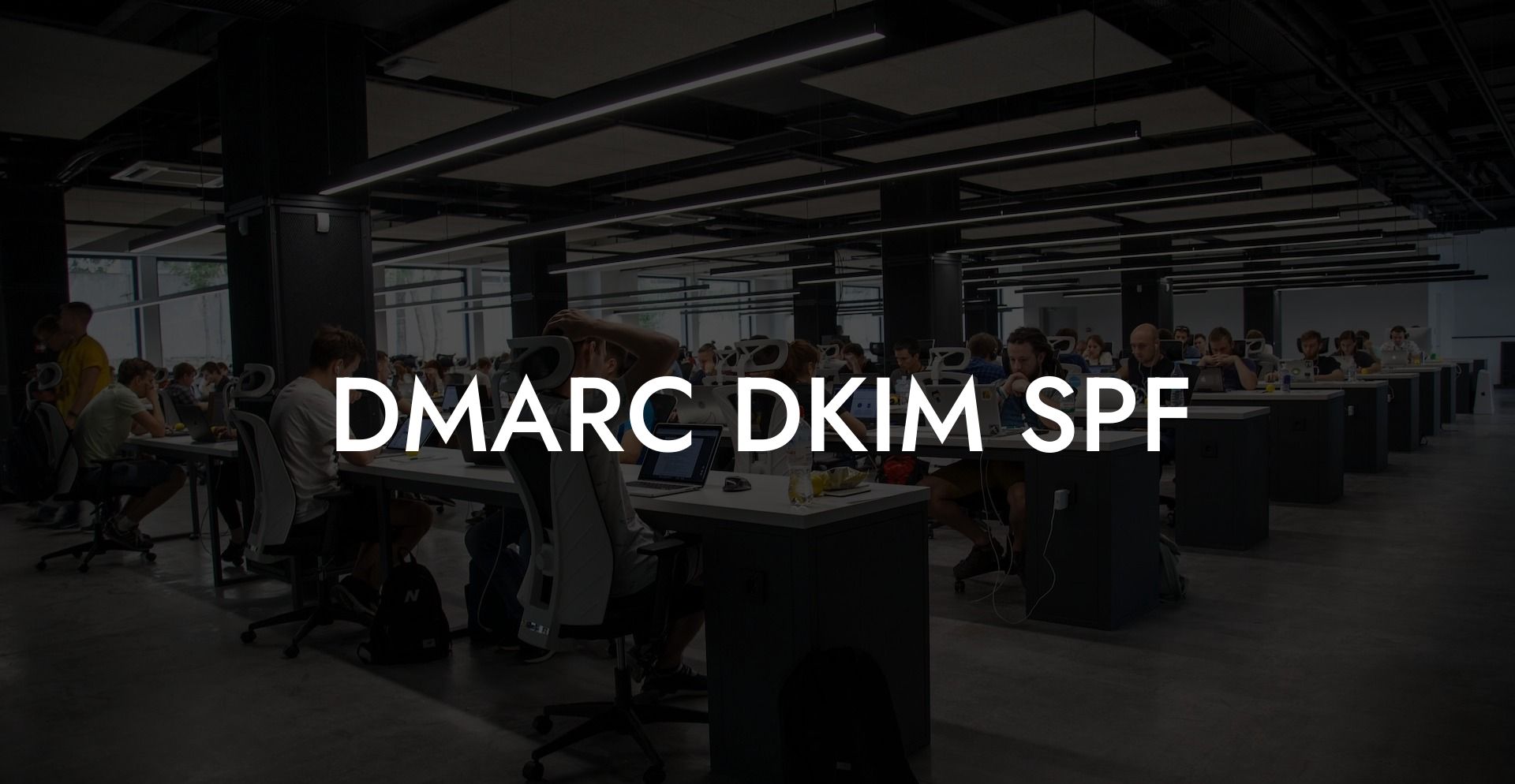In today's fast-paced digital world, it's essential to secure your business from the risk of email phishing, spoofing, and spam mails. One of the most effective ways to protect your organization is by implementing email authentication protocols like DMARC, DKIM, and SPF. In this article, we will dive deep into these email authentication mechanisms and explore how they function together in preventing spoofing, phishing attacks, and spam from wreaking havoc on businesses.
DMARC DKIM SPF Table of Contents
What are DMARC, DKIM, and SPF?
DMARC (Domain-based Message Authentication, Reporting, and Conformance)
DMARC is an email authentication protocol that helps organizations take control over their domain, preventing unauthorized use. It allows domain owners to publish a policy on which mechanism (DKIM, SPF, or both) is employed when sending emails from that domain, and this information is used by Mail Transfer Agents (MTAs) to authenticate messages against the specified policy.
DKIM (DomainKeys Identified Mail)
Protect Your Data Today With a Secure Password Manager. Our Top Password Managers:
DKIM is another email authentication method that uses a digital signature to verify the sender's identity and ensures that the email content is not tampered with during transmission. When a message is sent, the email server inserts a unique digital signature in the message header using a private key. The recipient server uses the public key in the DNS record to verify the signature and determine its legitimacy.
SPF (Sender Policy Framework)
SPF is an email authentication standard that helps prevent email spoofing by detecting forged sender addresses. It allows domain administrators to define a list of authorized IP addresses that can send emails on behalf of the domain. When an email is received, the recipient server performs an SPF check by looking up the sender’s domain DNS record and verifying if the source IP matches the authorized IP list.
How DMARC, DKIM, and SPF work together
DMARC operates by combining both DKIM and SPF mechanisms to create a more secure email environment. It ensures that only legitimate emails are delivered to the recipient's inbox while preventing email spoofing.
1. When an email is sent, DKIM and SPF mechanisms are deployed by the sender, as per their domain policy.
2. Upon receiving the email, the recipient's server checks for the existence of DMARC records in the sender's DNS.
3. If DMARC records are found, the server verifies the message against the DKIM and SPF mechanisms, as specified in the DMARC policy.
4. If the authentication checks align with the DMARC policy, the email is delivered to the recipient's inbox. If not, the email is marked as spam or rejected based on the domain owner's preference.
Benefits of implementing DMARC, DKIM, and SPF
- Enhanced Email Security: The combined efforts of DMARC, DKIM, and SPF make it difficult for cybercriminals to use your domain for malicious activities.
- Improved Email Deliverability: With authentication in place, your emails are less likely to be marked as spam, ensuring that they reach the intended recipients' inbox.
- Increased Brand Reputation: By securing your domain, you protect your brand reputation and promote customer trust.
DMARC DKIM SPF Example:
Suppose a cybercriminal attempts to spoof an email, pretending to be from the domain example.com. The attacker sends a phishing email to a target victim, intending to collect their confidential information. Here's how DMARC, DKIM, and SPF work together to stop the attack:
1. The attacker sends the phishing email using a forged sender email address (e.g., ceo@example.com).
2. The victim's email server receives the email and checks for DMARC, DKIM, and SPF records in the sender's DNS records.
3. The email does not pass the DKIM check and/or originates from an unauthorized IP, failing the SPF check.
4. Based on the DMARC policy, the email may be quarantined as spam or rejected.
5. As a result, the phishing email is detected and prevented from reaching the intended victim, protecting their information.
Implementing DMARC, DKIM, and SPF policies for your domain is a crucial step towards securing your organization's email communications. By understanding how these protocols work together, you can strengthen your cybersecurity and protect your brand reputation from email-based threats. Don't forget to share this article with your network, and explore other informative guides on Voice Phishing to stay up to date with cybersecurity trends and best practices.
Protect Your Data Today With a Secure Password Manager. Our Top Password Managers:















